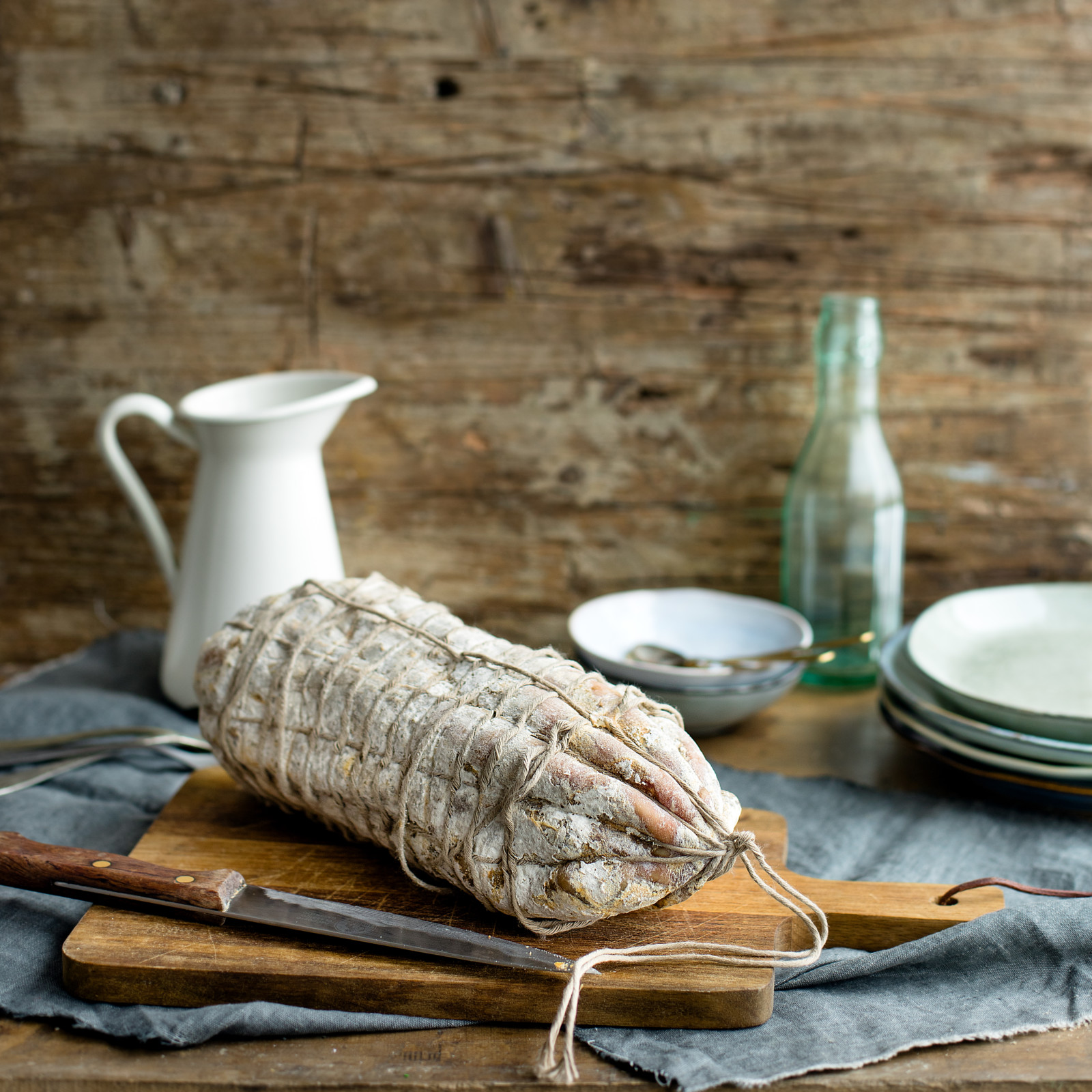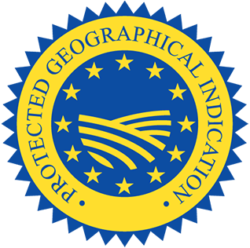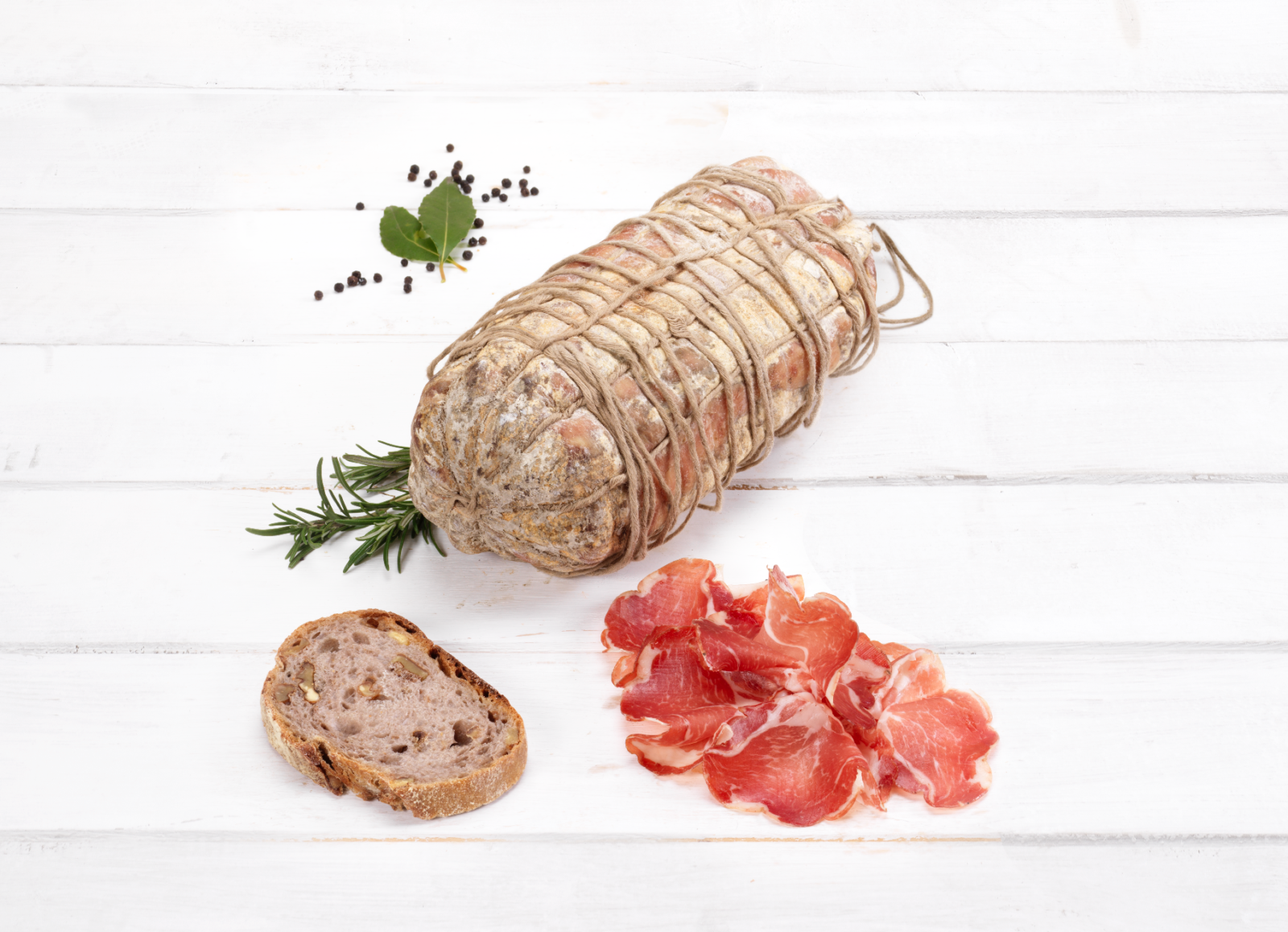
Consorzio di tutela della Coppa di Parma IGP
Coppa di Parma PGI


ORIGINE
References and quotations about the consumption of Coppa di Parma are numerous and are found already starting from the 17th century in documents that talk about the product using the terms “bondiola” or “salame investito”, i.e. filled into casings.
In the memoirs of some travelers of 1700, it is mentioned as a local typical food. According to an inventory book of 1723, to join the Guild of Lardaroli, i.e. butchers, a person needed to possess a certain number of salamis and “bondiole”, which confirms the value of the product. The contracts to supply foodstuffs to the Royal Kitchens date back to the same period, and they always contained the request for “bondiole”, which were particularly appreciated at the Court of Duke Ferdinand of Bourbon. Starting from 1800, evidence is available also on the increase of sales of Coppa di Parma on local markets. Over the centuries, the recipe for Coppa di Parma spread and consolidated in an increasingly larger area.
The production area includes the areas of the Provinces of Parma, Modena, Reggio Emilia, Mantua and Pavia, in addition to the Municipalities settled along the strip of Po river that includes the Provinces of Lodi and Cremona, as well as the Municipality of San Colombano al Lambro in the Province of Milan.
Consorzio di tutela della Coppa di Parma IGP
Strada del Ponte Caprazucca 6/a
43121 – Parma (PR)
Tel: 0521 2266
Fax: 0521 226700
Mail: info@coppadiparmaigp.com
Web: www.coppadiparmaigp.it
Product description
Coppa di Parma PGI has a cylindrical shape, with sizes ranging from 25 to
40cm length, and minimum weight of 1.3kg.
The slice looks compact, not greasy, red in the lean part and slightly pink in the fat part. Coppa di Parma PGI, thanks to a relatively short maturation period, is characterized by soft texture and gentle saltiness, which does not cover the typical pork flavour.
Coppa di Parma PGI is stored in a cool and humid place, as a cellar. Once opened, it should be stored in a refrigerator wrapped in a damp cotton cloth.

PRODUCTION TECNIQUE
Coppa di Parma PGI is a deli meat obtained from part of the muscle of highly selected and high-quality pork necks.
The muscle is accurately cut and trimmed, salted manually or mechanically by means of tumbling; meat is massaged with salt, natural flavourings, pepper and/or other spices, which can be applied also at a later stage. Once filled into casings, Coppa is tied with a string to form a sort of grid.
The pre-drying and drying processes are carried out in the same rooms, but have different durations. For maturation, the production specification establishes strict levels of temperature and humidity; the minimum maturation is 60 or 90 days from the beginning of processing, depending on the weight of Coppas.